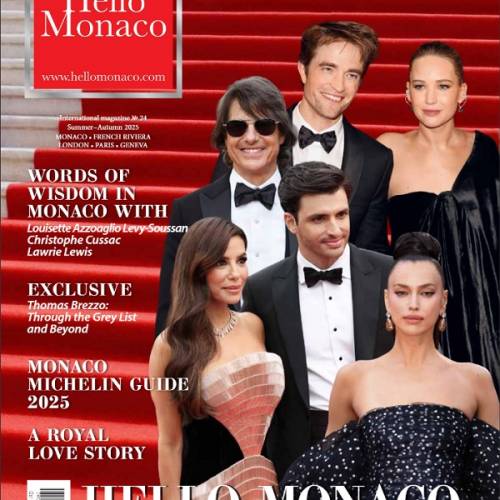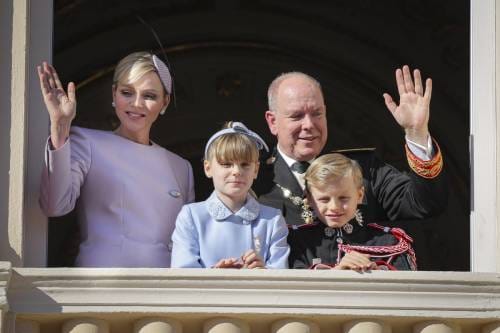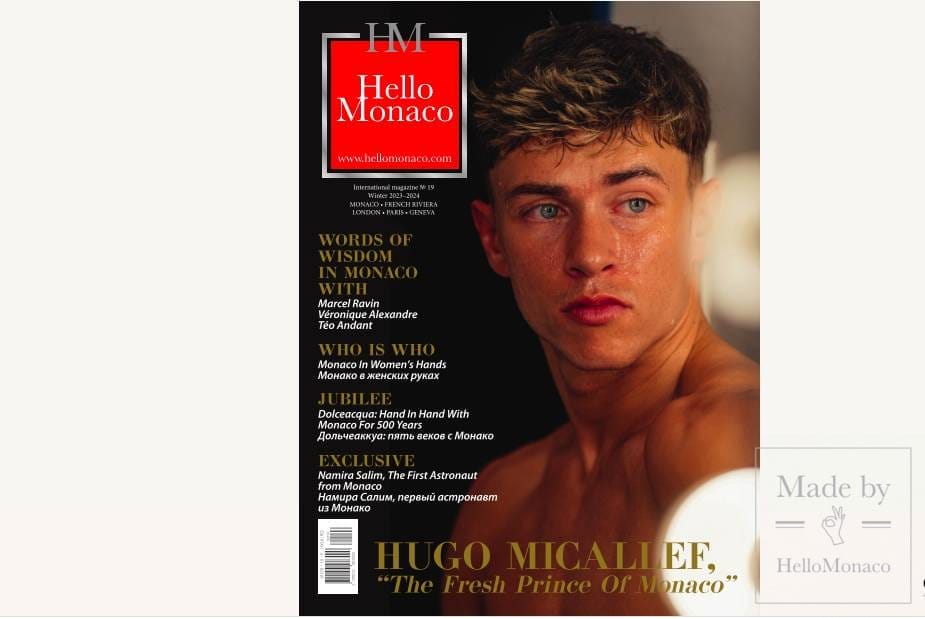The Grimaldi Forum opened its doors to the public on July 14th for an unforgettable exhibition on The Forbidden City in Monaco that will run throughout summer 2017 until September 10th. The focus is on the last imperial Chinese dynasty (1644–1911), with a celebration of its pomp and circumstance, its tastes and its grandeur. The exhibition is devoted to the “Life of the Emperors of China”, allowing visitors to delve into the private universe of the court and sovereigns since the 15th century in China.

This unique exhibition allows the public to take a walk through the heart of the Forbidden City, a place of culture, and a political and religious centre, literally located in the centre of the universe. It is one of the most impressive palace complexes, and the world’s most popular tourist venue, with some 10 million visitors annually. Specially for this exposition, more than 250 special pieces, portraits, costumes, furniture, precious objects and scientific instruments have been loaned from major European and American collections, including the Cernuschi Museum and the Louvre in Paris. Some of these pieces, mostly made of bronze or jade, come straight from inside the walls of the Forbidden City, never moved until now, all carefully selected “to reflect the essence of Chinese culture”. As you walk round, it is incredible to imagine the stories behind each piece displayed.


The idea for this collaboration between Monaco and the Forbidden City came about three years ago, so today’s exhibition is the product of years of hard work. Representatives of the Museum of the Imperial Palace, who collaborated with the Principality and provided a number of the objects on display, were present for the exhibitions opening this weekend. Mr. Wang Yuegong, Director of the Palace Arts Department of the museum, commented on the goal of the exposition, “I hope through this exhibition we can reinforce the relationship and friendship between the Principality and China. It will be a way for the residents of Monaco to learn about Chinese culture, and admire its richness and vastness”.


Through this authentic collection, one can delve into the history and the origins of the powerful Manchu army of the “Eight Banners”, which ruled over China from 1644. The personalities of the Qing emperors are a crucial element of the exhibition, most notably in the cases of Kangxi (1662–1722), Yongzheng (1723–1735) and Qianlong (1736–1795), who considered themselves exemplars of Chinese culture. As the “Son of Heaven”, the emperor was an all-powerful being and the nation’s military, religious and cultural leader; “the emperor is the centre and the universe surrounds him”. Visitors will discover items linked to these different functions, with the exhibition covering more than a thousand years of the Qing dynasty.


The exhibition highlights the country’s culture and various art forms during the reign of the Qing, the most brilliant dynasty, which created some of the most impressive and sophisticated creations that left an enduring legacy. Each room is dedicated to these different fields, including works of calligraphy, the basis of Chinese culture, painting, porcelain, furniture, ceremonial robes, armour, bronzes and more. Some of the most intimate and secret aspects of the sovereigns’ lives are on display: the tradition of ceremonies, leisure activities, spiritual values, and battle tactics, including their fascinating celestial calendar and commemoration to their ancestors who ensured the power and longevity of China. Models of temples have also been added, such as the Temple of the Ancestors, the Buddhist Temple and the Temple of Heaven, one of the most beautiful symbols of Chinese architecture representing the link between, the sky, earth and people.


The scenography is carefully planned to mimic the Forbidden City itself, through architectural features, allowing you to imagine the scene. The exhibition is set up to have long corridors lined in reddish-purple colours, high walls resembling the fortified ramparts, three gateways and a symmetry of rooms that open up to a garden, the microcosms of universe that sit by temples. Even the lighting in certain rooms is chosen to reflect the historical timings of events. The Grimaldi Forum offers an ideal space to accommodate these valuable pieces, some of which have never been displayed due to their dimensions, in a way that allows you to immerse yourself into the Forbidden City.



Go visit The Forbidden City Exhibition over the summer to learn more about the intriguing Chinese culture and history during the Qing dynasty – it’s the closest thing you’ll get to actually visiting the City!








